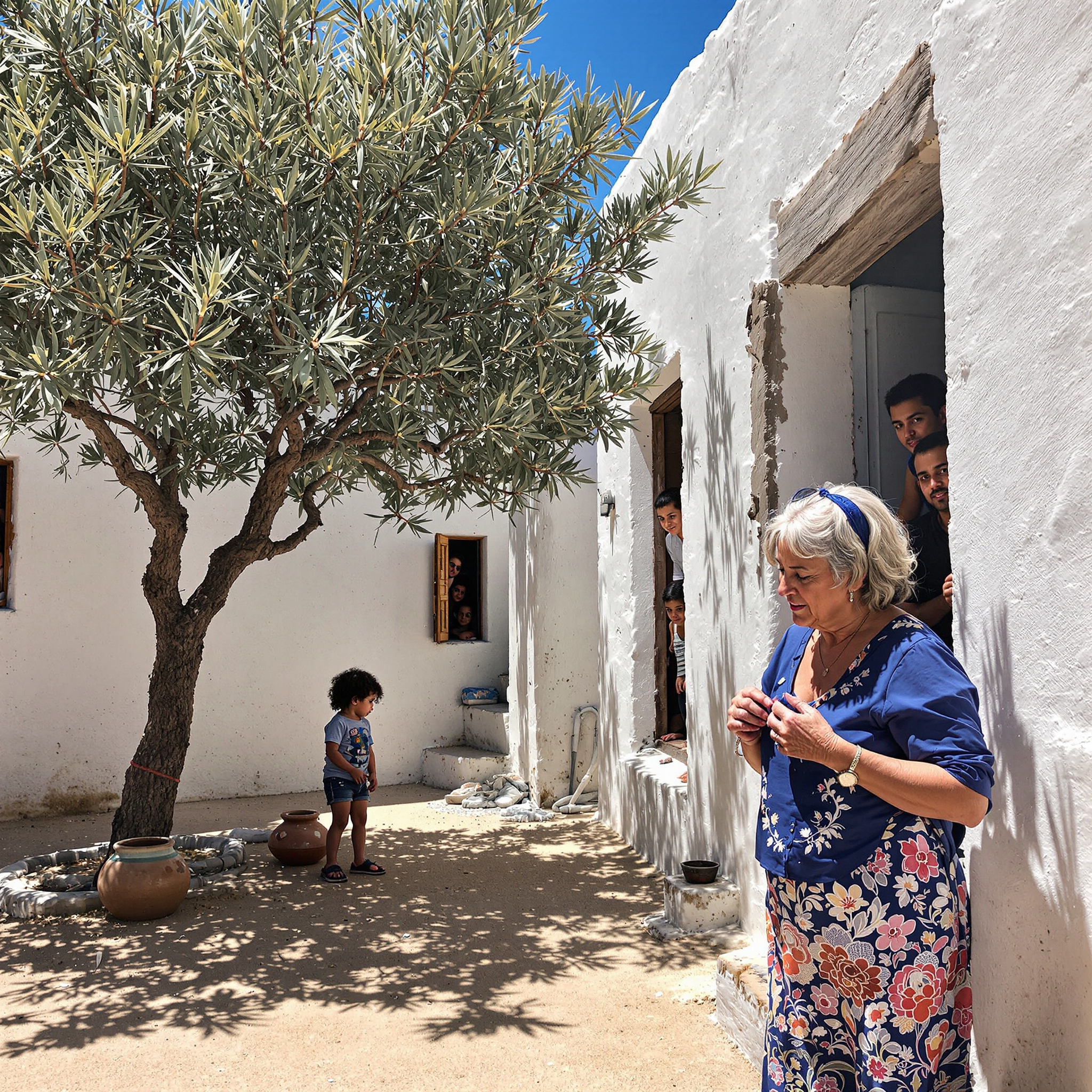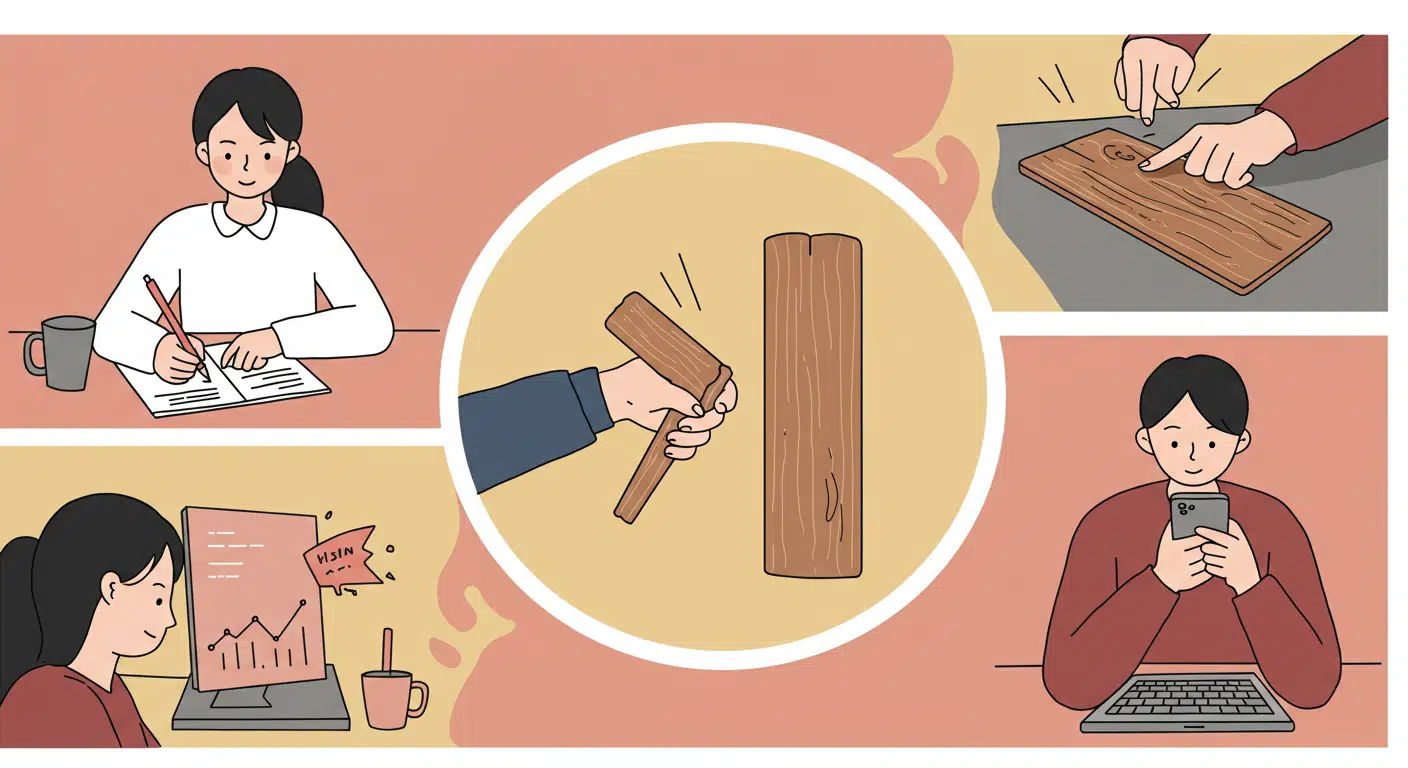The Nazar Boncuğu is a handcrafted talisman, usually made from glass in concentric shades of blue and white to resemble an eye. In many Turkish households and across the Eastern Mediterranean, the bead is pinned to a child’s clothing, crib, or stroller shortly after birth. It is believed that the bead absorbs or deflects negative energy—particularly jealousy and envy—emanating from others. The belief stems from the concept of the ‘evil eye,’ which can cause misfortune, illness, or bad luck. Often, the bead is replaced if it cracks or breaks, as this is taken as evidence it has fulfilled its protective role. The bead may also be incorporated into jewelry or home decorations and is gifted to infants or pregnant women for added protection.

A baby’s future career or fate is predicted by the first object they select during a ceremonial setup.
In several Asian and Eastern European cultures, a traditional ceremony is held for babies usually around their first birthday. Known


